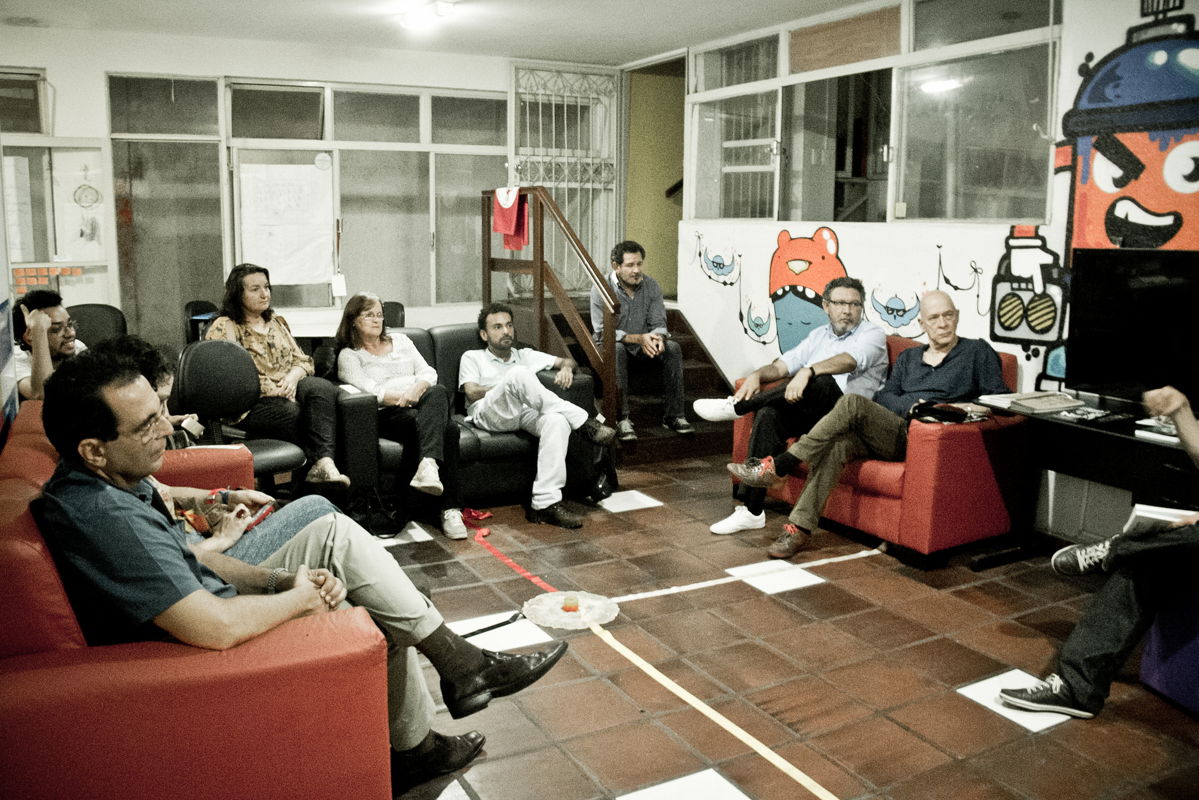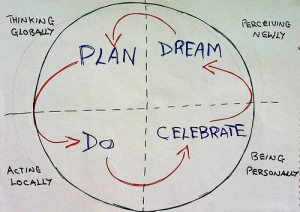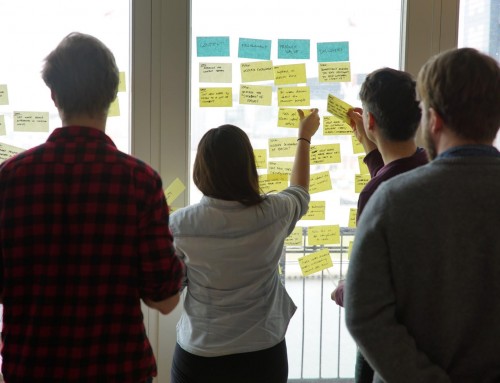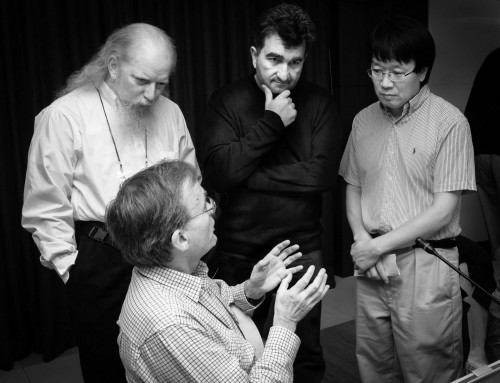Dragon Dreaming
Description of Dragon Dreaming
Dragon Dreaming is a facilitation format I use frequently. Dragon Dreaming is a participative, holistic, and highly structured method to realise creative, collaborative, and sustainable projects. It is based upon the principles of personal and group empowerment, win-win, consensus and commitment. The Australian John Croft developed Dragon Dreaming on the basis of system thinking and the wisdom of Australian aborigines.
Dragon Dreaming goes far beyond traditional project management. It is an integral design philosophy that includes every aspect of our lives built upon participatory democracy, ecological sustainability and social justice.
Dragon Dreaming helps to build a strong, common vision and to transform it into goals and concrete actions. It breaks traditional patterns and combines project management with deep dialogues, responsibility, participation and Joy and success. It is much about people empowerment.
It’s a dream that begins the motivation. And conventional management theories don’t talk about dreaming. The nature of dreaming is not a linear, logical, rational process. It is completely non-linear, non-rational, non-logical. But, it’s a source of creativity, it’s a source of innovation, it’s a source of change, that it all comes out of a dream.
Dreaming: Very often, a project starts with an Aha moment — an individual dream. This is a moment of sudden realisation, inspiration, insight, recognition, or comprehension. Aha moments come often with common habits or rituals.
Dreaming is a very important step:
- To become true, the dreamer must be aware of his/her dream.
- The dreamer has to share his/her dream with others/the group.
- By sharing, the dream is developed further — in a way the individual dream dies to be reborn as a dream of the whole group.
- the dreams of all dreamers must be strong enough to build one common vision out of them.
Planning: the dream transforms to a plan: the participants discuss goals and alternatives. They discuss strategies and activities to achieve the goals. They estimate effort and costs, create a schedule, and deal out preliminary responsibilities to perform the activities.
Doing: the group implement the activities to run the project. Goals are realised, project administration and management are always in focus: „Do we are on track regarding schedule and costs?“ „Do we need to adjust the planning?“ - „We continuously monitor progress.“
Celebrating: celebrating is very unusual in traditional project management. Although it is an essential step in project management. Celebration releases stress, the participants come together interpersonally.
The participants celebrate their personal successes, and most important, the group's success — they celebrate their community. They are grateful to be aware the Aha moment in the past. This makes them ready for the next Aha moment — and the circle closes.
Two orthogonal axes intersect the circle. The horizontal one connects Environment (left) with the Individual (right) describing the way in to out, introvert to extrovert
The vertical axis connects Theory (top) with Practice (bottom) — thinking to action. The quadrants describe the four phases and characters of a Dragon Dreaming project:
- Dreamers: deal with concepts or ideas theoretically. Information/energy flows outside-in (introvert).
- Planers: deal also with ideas, but they give information/energy to the outside (extrovert).
- Do-ers: they perform actions in the real world. A lot of information/energy flows from inside-out (extrovert).
- Revelers: are focused to the group concerns, its skills, capabilities, health and growth. They give energy to the group. That is why celebrating is so important.
Dragon Dreaming builds upon three principles:
- personal growth – commitment to your own healing and empowerment.
- community building – strengthening the communities of which you are a part.
- service to the Earth – enhancing the well-being and flourishing of all life. (www.dragondreaming.org)
According to Dragon Dreaming, projects might be sustainable only if all quadrants and character poles are sufficiently covered.
Rules of Dragon Dreaming
Check-In
- Welcome and meet together of participants, warm-up exercises.
- A short introduction to the activity.
- A short introduction to Dragon Dreaming
Dreaming/Visioning
- Dreaming or visioning:
The initial stage of asking „What would happen if . . .?“, „What would this sort of project look like?“, „Does this sound like a good idea?“, „Can you imagine our town with a . . .?“ and so on; dreaming is a bold look into the future.
All dreams of the participants are noted. - Phrase the Vision
The participants drill down all "dreams" to one single vision.
Planning
- The dream transforms to a plan: Here the project moves from ideas to practicality. The participants discuss goals and alternatives. They develop strategies and activities to achieve these goals. They estimate effort and costs, create a schedule, and deal out preliminary responsibilities to perform the activities.
Questions might include „How do we make this happen?“, „Who’s going to design it?“, „How many people in the team?“, „What skills are we missing, or which do we have?“, and „How might we finance it?“
Doing
- Doing: By this stage you have signed your contracts, employed your workers, installed the phone lines and your baby has come to life. The theory is now practice. With time, it becomes so familiar that you forget it was a theory not so long ago.
Celebrating
- Celebrating and evaluating: At this stage the emphasis is on celebrating the success of the project and looking at the failures and difficulties before starting the cycle again.
Questions might include „Has the project reached your expectations?“, „Which phases of the project went well?“, „Which phases were difficult?“ and „Was the project fun?“
When to use Dragon Dreaming
- Groups which have a common concern.
- Groups which want to find a common concern.
- Groups which have common tasks.
- Groups which want to find common tasks.
Facilitator role
- Guides through the process
- Explains the techniques introduced
- Time-keeping
- Helps the discussions stay focused.
- Concentrates on the group’s discussion process.
- Moderates in case of conflict and disagreement.
- Helps group members identify areas of agreement and disagreement.
- Brings in points of view that haven’t been talked about.
- Creates opportunities for everyone to participate.
- Focuses and helps to clarify discussions.
- Summarise key points in the discussion, or ask others to do so.
- Supports estimation.
Further Readings
: Circuito Fora do Eixo, via flickr.com • Futurebound, via flickr.com, .








Leave A Comment